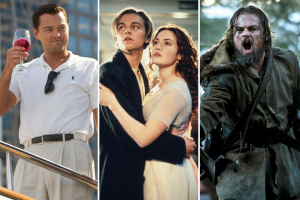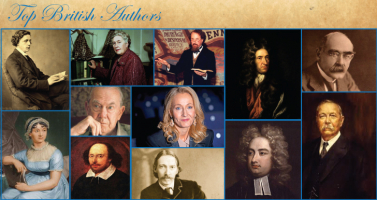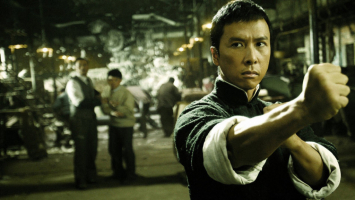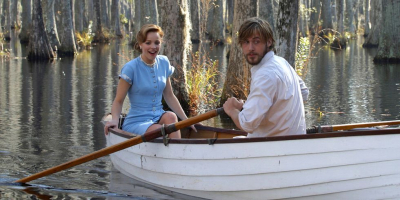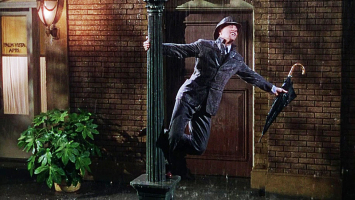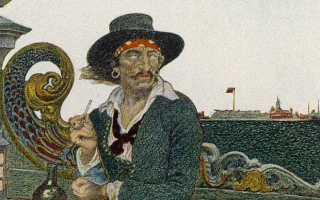Top 5 Best Noir Films of All Time
From the dark alleys of crime-ridden cities to the smoky rooms filled with moral ambiguity, film noir has carved its place as a captivating and influential ... read more...genre in the history of cinema. With its gritty aesthetics, intricate plots, and morally complex characters, noir films have enthralled audiences for decades. In this exploration of cinematic mastery, we embark on a journey to uncover the very best noir films of all time, each one a testament to the genre's enduring allure.
-
"The Maltese Falcon," released in 1941, is one of the best noir films that continues to enthrall audiences with its intricate plot and impeccable craftsmanship. Directed by John Huston, this cinematic gem is based on Dashiell Hammett's celebrated novel, lending it a literary gravitas that sets it apart from its contemporaries. Set in the 1940s San Francisco, the story follows Spade as he becomes embroiled in a labyrinthine web of deceit and double-crossing surrounding the search for a priceless statue, the eponymous Maltese Falcon.
Huston's direction is a testament to his understanding of the nuances of the noir genre. He expertly employs atmospheric lighting, contrasting shadows, and claustrophobic framing to create a palpable sense of tension and unease. The gritty and morally ambiguous world of the film is flawlessly realized, immersing the audience in a labyrinth of deception and duplicity that keeps them guessing until the climactic finale.
The screenplay, a brilliant adaptation by Huston himself, is a triumph of sharp and evocative dialogue. The script weaves together layers of intrigue and suspense, revealing the true nature of the characters and their motivations with each twist and turn. The exchanges between the characters are laden with double entendre and innuendo, showcasing the complexities of human interaction and adding an extra layer of sophistication to the film's narrative.
Beneath its stylish exterior, "The Maltese Falcon" explores timeless themes of greed, loyalty, and the blurred lines between right and wrong. It delves into the complexities of human nature, revealing the flaws and moral ambiguities that lurk within even the most seemingly virtuous characters.
Release: 1941
Stars: Humphrey Bogart, Mary Astor, Gladys George
Rotten Tomatoes Score: 100%
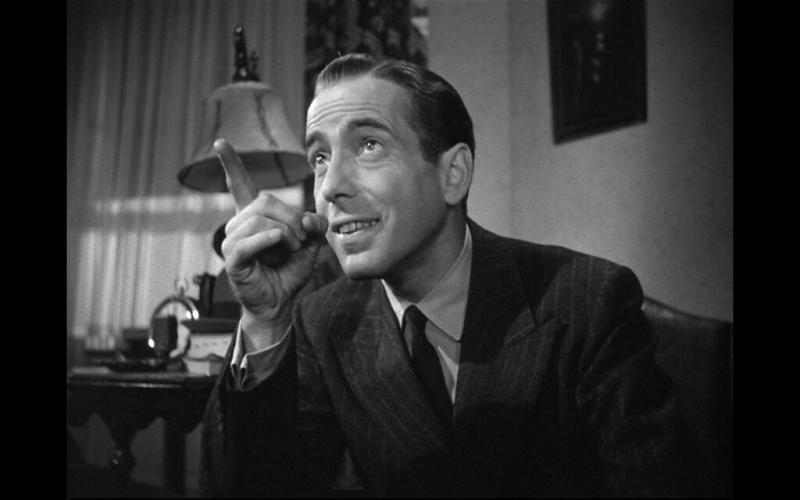
Photo on Flickr: https://www.flickr.com/photos/whatindienights/6118314804 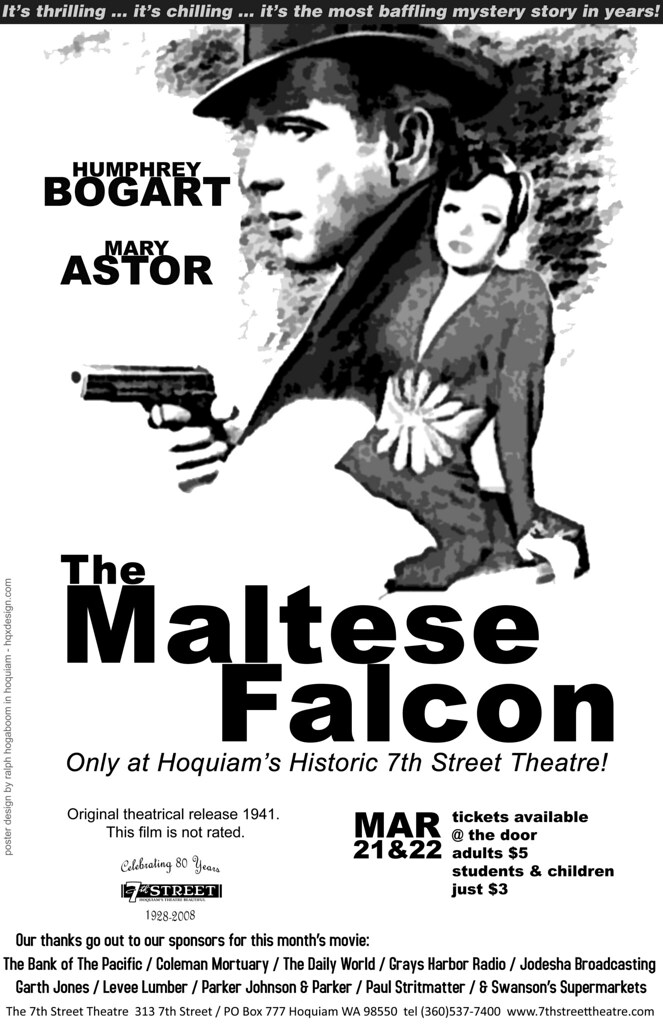
Photo on Flickr: https://www.flickr.com/photos/ralphhogaboom/2329427866 -
With its haunting portrayal of fame and obsession, "Sunset Boulevard" has secured its place as one of the best noir films of all time in the history of cinema. Released in 1950 and helmed by the visionary director Billy Wilder, this film noir takes audiences on a dark and introspective journey into the depths of Hollywood's allure.
At the center of the story are Norma Desmond, portrayed with captivating brilliance by Gloria Swanson, and Joe Gillis, brought to life by the charismatic William Holden. As Joe becomes entangled in Norma's delusional world, the film explores themes of manipulation, delusion, and the allure of a bygone era.
Billy Wilder's direction is genius, as the director effortlessly blends the elements of film noir with a satirical critique of the Hollywood system. He skillfully maneuvers through the intricate layers of the narrative, employing flashbacks, voiceovers, and a non-linear structure to create an unsettling sense of unease. The deliberate pacing allows the audience to be ensnared in a web of deceit and crumbling dreams.
The screenplay, co-written by Wilder and Charles Brackett, showcases their mastery of storytelling and character development. It delves into the dark underbelly of the entertainment industry, laying bare the toxic effects of fame and the desperate struggle for relevance. The dialogue, infused with sharp wit and irony, offers biting social commentary on the exorbitant price of stardom and the superficiality that pervades Hollywood.
"Sunset Boulevard" also captivates audiences with its evocative cinematography and striking black-and-white imagery. The interplay of shadows and the skillful use of chiaroscuro lighting heighten the film's noir atmosphere, mirroring the moral ambiguity of its characters. Norma's decaying mansion, a symbol of her crumbling sanity and the faded glamour of silent film, adds another layer of visual metaphor to the narrative.
Release: 1950Stars: William Holden, Gloria Swanson, Erich von Stroheim
Rotten Tomatoes Score: 98%
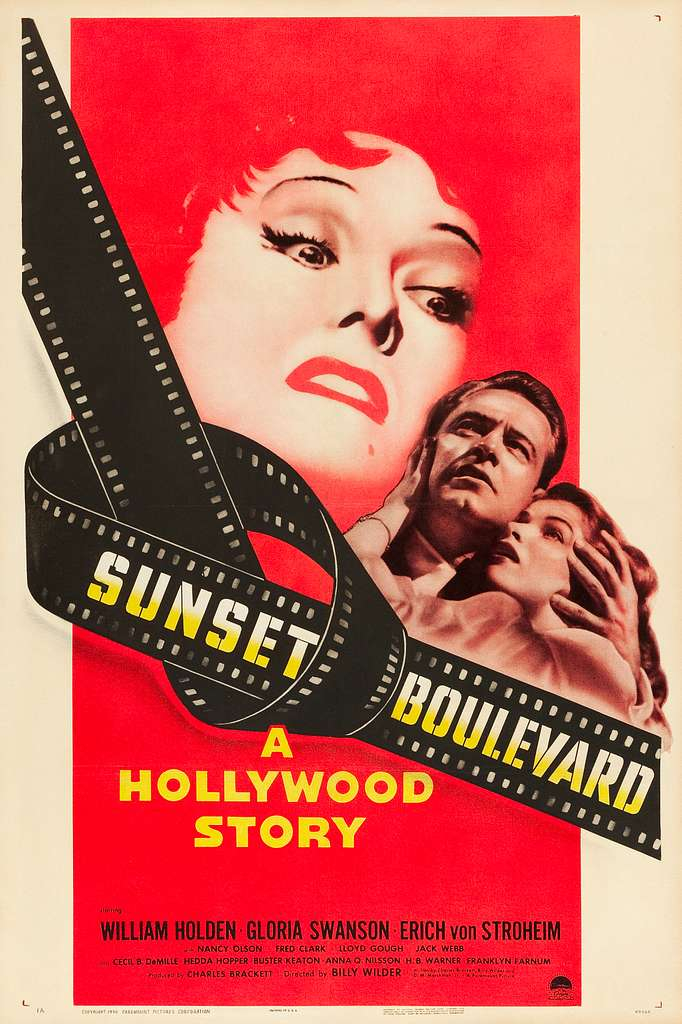
Photo on Picryl: https://picryl.com/media/sunset-boulevard-1950-poster-de70f6?action=upgrade 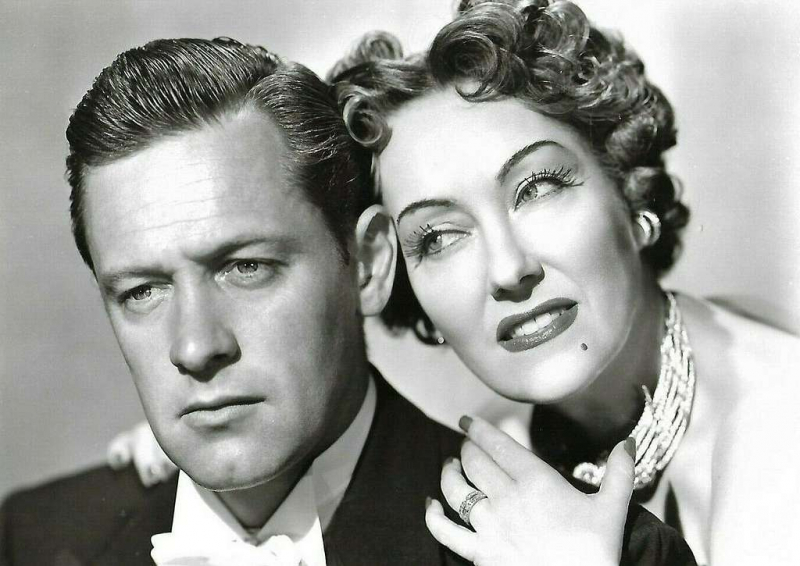
Photo on GetArchive: https://garystockbridge617.getarchive.net/media/press-photo-of-william-holden-and-gloria-swanson-in-sunset-boulevard-front-dabefc -
"Gilda," released in 1946, is an enthralling and provocative film noir that retains its status as a timeless classic within the genre. Helmed by the visionary director Charles Vidor, the film weaves a dark and tumultuous narrative of love, betrayal, and obsession. Set against the backdrop of post-World War II, "Gilda" ensnares its audience with its intoxicating blend of suspense, seduction, and moral ambiguity.
At the core of the tale lies the enigmatic and captivating character of Gilda, portrayed with magnetic allure by the incomparable Rita Hayworth. As the sultry femme fatale, Gilda ignites both desire and danger in the lives of the men who gravitate around her, most notably Johnny Farrell, brought to life with brooding intensity by Glenn Ford. Their tempestuous relationship becomes the catalyst for a complex web of deceit, manipulation, and ultimately, tragic consequences.
Charles Vidor's direction exudes style and atmosphere, deftly immersing viewers in a world of dimly lit spaces, smoke-filled rooms, and illicit desires. He masterfully crafts the film's noir aesthetic, employing evocative lighting, artful Dutch angles, and meticulously designed sets that mirror the moral ambiguity of the characters. The deliberate pacing enhances the gradual unraveling of the narrative, effectively building tension and suspense.
Marion Parsonnet's screenplay delves deep into the intricate dynamics of power, desire, and control. It skillfully explores themes of love, jealousy, and the ruinous consequences of obsessive longing. The dialogue is filled with sharp wit and double entendre, heightening the palpable tension between the characters and accentuating the film's simmering sensuality.
Release: 1946Stars: Rita Hayworth, Glenn Ford, George Macready
Rotten Tomatoes Score: 97%
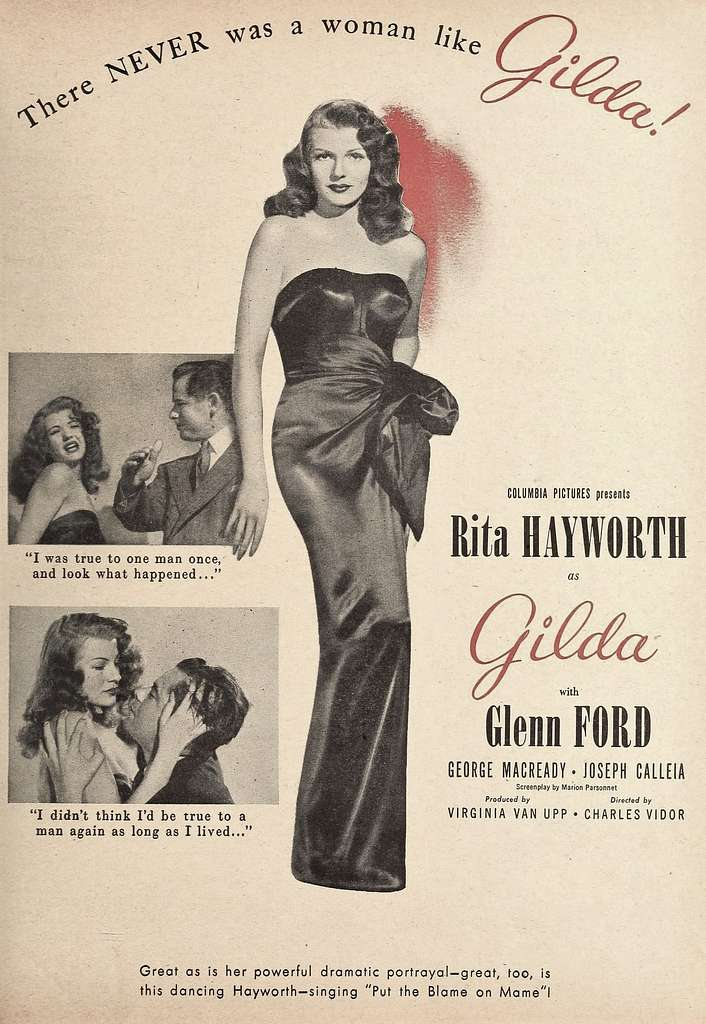
Photo on Picryl: https://picryl.com/media/rita-hayworth-as-gilda-1946-e8a5bd 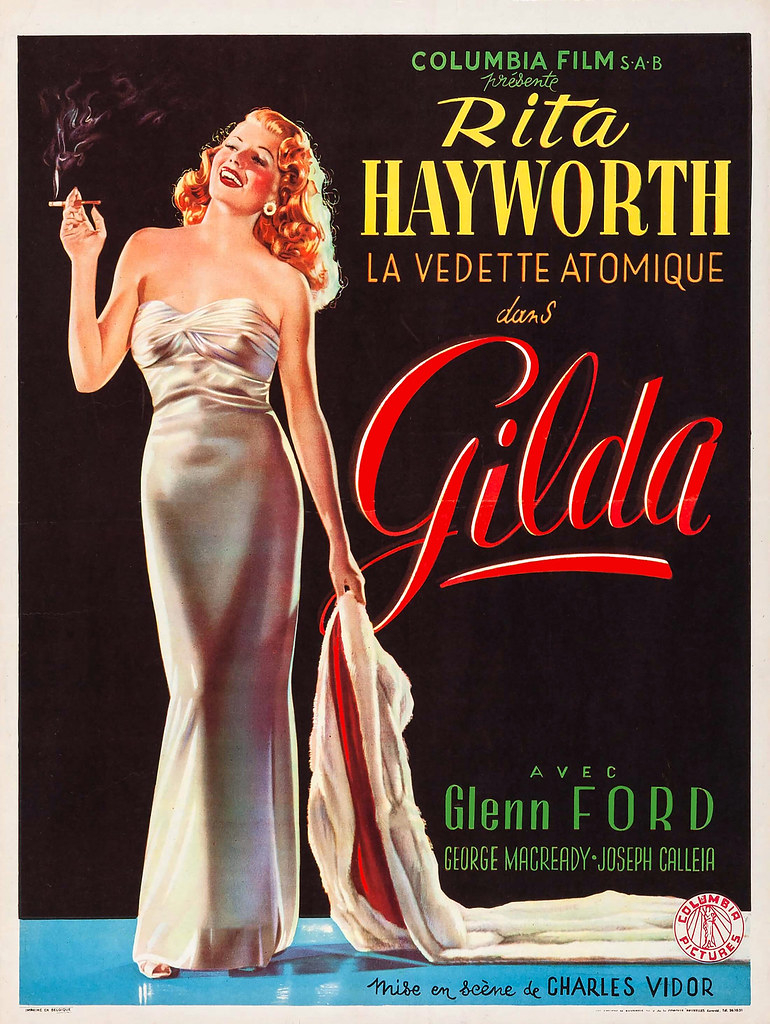
Photo on Flickr: https://www.flickr.com/photos/halloweenhjb/51291587488 -
With "The Big Sleep," released in 1946, director Howard Hawks weaves a mesmerizing tapestry of mystery and intrigue that leaves an indelible mark on the film noir genre. Drawing inspiration from Raymond Chandler's iconic novel, the movie takes audiences on a complex and labyrinthine journey through the seedy underbelly of Los Angeles, where corruption and deceit lurk at every turn.
The narrative revolves around the enigmatic private detective Philip Marlowe, portrayed with rugged charm by the incomparable Humphrey Bogart. Marlowe's investigation leads him down a treacherous path of blackmail, murder, and twisted relationships that intertwine with the lives of the wealthy and mysterious Sternwood family. Lauren Bacall's captivating portrayal of Vivian, a woman harboring her own secrets, adds an extra layer of allure to the entangled web of deception and danger.
Hawks' directorial prowess shines through in "The Big Sleep," as he expertly captures the gritty atmosphere and moral ambiguity of Chandler's novel. The intricate plot is carefully balanced with moments of tension and suspense, immersing the audience in a world where distinguishing between right and wrong becomes an increasingly complex task. The deliberate pacing allows for the gradual revelation of motives and the unraveling of the mystery, keeping viewers on the edge of their seats.
The screenplay, crafted by the talented trio of William Faulkner, Leigh Brackett, and Jules Furthman, serves as a testament to the genre's sharp dialogue and intricate storytelling. The script crackles with hard-boiled wit and rapid-fire exchanges, capturing the essence of Chandler's noir prose. It is in the electric banter between Marlowe and Vivian that the film reaches its zenith, with layers of innuendo and veiled intentions heightening the complexity of their relationship.
Release: 1946
Stars: Humphrey Bogart, Lauren Bacall, John Ridgely
Rotten Tomatoes Score: 97%
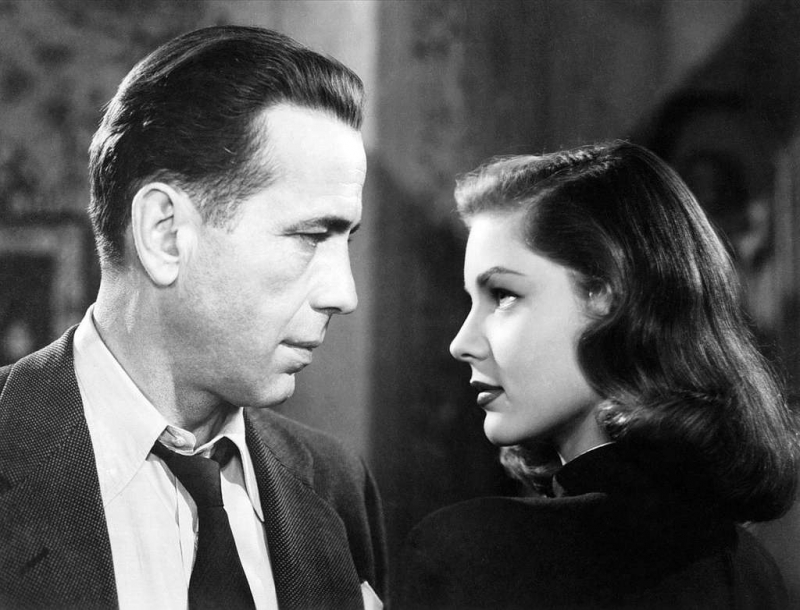
Photo on Picryl: https://picryl.com/media/bogart-and-bacall-the-big-sleep-dc1d57 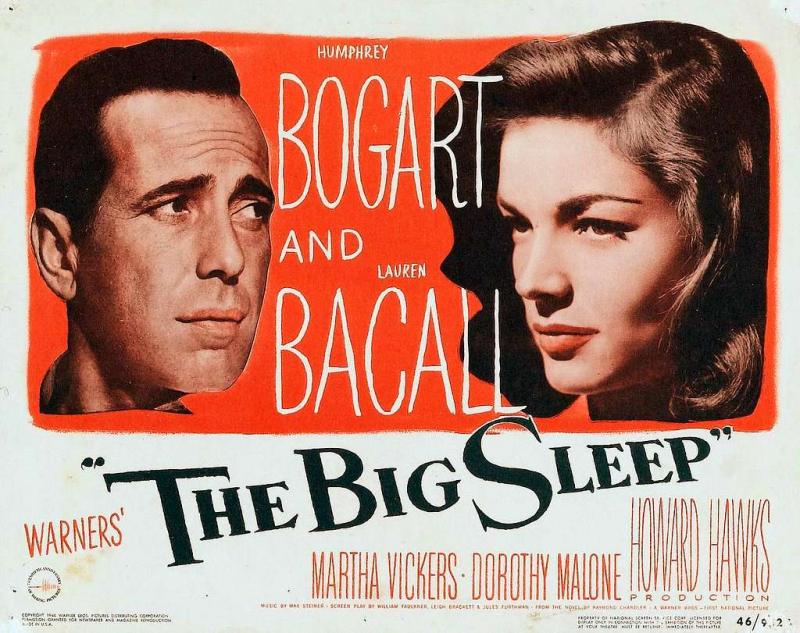
Photo on Picryl: https://picryl.com/media/bigsleep2-aab47b -
"The Lady from Shanghai," released in 1947, mesmerizes and intrigues as an enigmatic film noir that defies conventional expectations, leaving viewers in a state of disoriented fascination. Under the masterful direction of Orson Welles, the film takes audiences on a riveting journey through a maze of deception, impassioned desires, and moral ambiguity.
At its heart of "The Lady from Shanghai" lies Michael O'Hara, a weathered and disillusioned sailor portrayed by the incomparable Orson Welles himself. His path becomes entangled with the enigmatic and seductive Elsa Bannister, brought to life with captivating allure by Rita Hayworth. As their fates intertwine, "The Lady from Shanghai" explores profound themes of identity, insatiable greed, and the insidious power of unchecked yearnings.
Orson Welles's directorial prowess casts a hypnotic spell, conjuring an atmosphere rife with unease and uncertainty. Through his meticulous visual craftsmanship, Welles skillfully employs disorienting techniques and striking imagery. From the iconic scene reflecting distorted realities to the haunting beauty of the yacht and the climactic crescendo within the labyrinthine funhouse, the film's innovative use of lighting, angles, and recurring motifs transports viewers to a realm where the boundaries of perception are deliberately blurred.
Crafted by Orson Welles himself from Sherwood King's novel "If I Die Before I Wake," the screenplay is a complex tapestry of intrigue and double-crossing. Each dialogue line brings forth razor-sharp wit and incisiveness, mirroring the characters' intricate mental chess games. Welles's storytelling prowess is evident in the seamless interweaving of narrative threads, skillfully building suspense and unpredictability, holding audiences captive until the shocking and unforeseen denouement.
Release: 1947Stars: Rita Hayworth, Orson Welles, Everett Sloane
Rotten Tomatoes Score: 82%
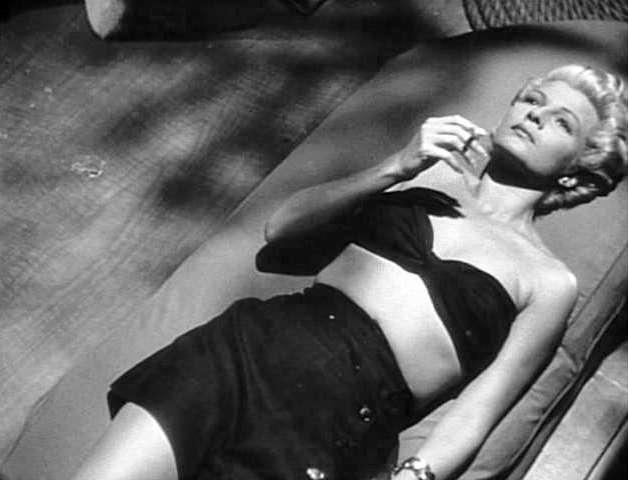
Photo on GetArchive: https://garystockbridge617.getarchive.net/amp/media/lady-from-shanghai-trailer-hayworth1-f5416f 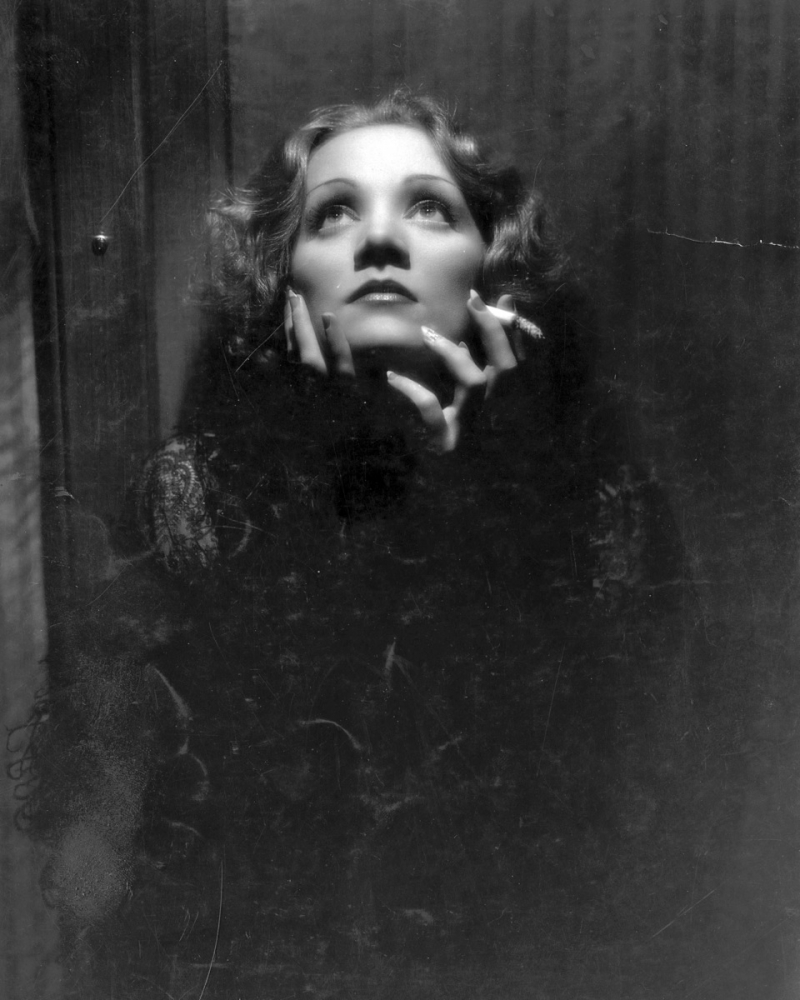
Photo on SNL: https://snl.no/Marlene_Dietrich







